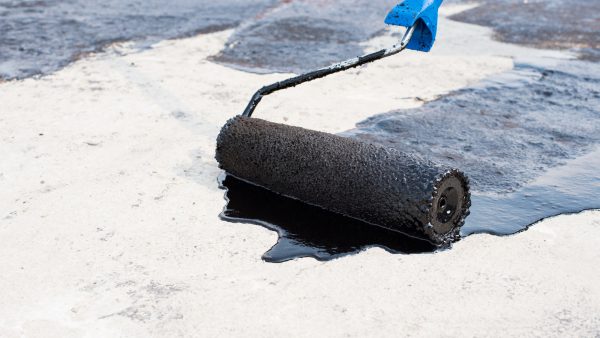Commercial buildings need waterproofing

Water is the enemy of structures, especially commercial buildings. The waterproofing of a building can be the difference between a huge maintenance bill and a small one. When water makes its way through the outer layer of a commercial structure, it can split concrete, rust steel, leave stains, and destroy finishes.
How do you waterproof a commercial building?
Understanding the building envelope
To really know how a commercial building is waterproofed, we need to understand the building envelope.
A building envelope is simply the dividing line between the interior and exterior environments of a building. For example—in most houses, the building envelope would include everything except the garage, the attic, and porches or decks.
The envelope isn’t a single, impervious layer. It’s several different systems all working together. There are three major areas of the building that need to be waterproofed.
Foundation
You might think you should start with the roof, but that’s the wrong direction. Good waterproofing begins with the foundation.
The waterproofing at ground level includes systems like the following:
- Foundation/basement waterproof coatings: This includes membranes, paint-like coatings, and other things you’d use to keep water out of vulnerable concrete. Foundations are under a lot of hydrostatic pressure from the water in the ground, so a good coating is crucial.
- Pumps and drains: It’s easiest to keep water away from a foundation when it’s not there in the first place. That’s why a sound drainage system outside a basement or foundation matters. Pumps are critical for larger buildings that might get additional water coming in.
Walls
The outside of the building needs waterproofing as well.
Generally, these are coatings (like paint or stucco) or masonry (stone or brick). It could also be a system like EIFS, which is a sort of synthetic stucco. Any of these surfaces will also require drainage, so weep holes, air spaces, insulation, and other extra systems must be incorporated depending on the material.
Roof
The roof of a commercial building is often flat (unless it’s a sloped metal roof), and it’s built differently from a residential roof.
Commercial flat roofs are designed to catch water and direct it toward drains; they consist of a membrane with a joint compound and, if built well, keep anything from dripping down into the building. Roofs can be made of various synthetic compounds, metals, or asphalt.
These systems all work together to keep your commercial building waterproof. Need a hand figuring out how to keep your building safe from the elements? Contact JKI to find out how we can help.
